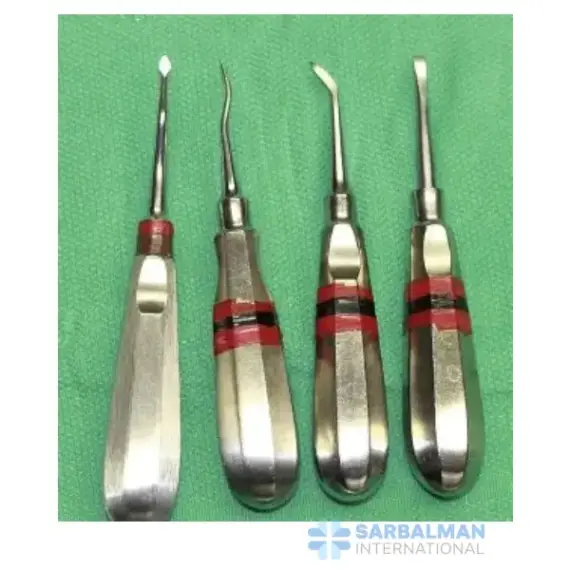Cryer
Free!
Cryer (Cryer Root Elevator) is a triangular, heavy-duty dental elevator used to remove fractured or retained root fragments, especially in molar furcations. Its sharp inner edge and angled shank provide strong, controlled leverage with left and right pairs for full access. Made from surgical-grade stainless steel and autoclavable, it improves efficiency, preserves bone, and helps deliver cleaner extractions when forceps alone won’t do the job.
Description
Cryer (Cryer Root Elevator) is a specialized dental elevator designed to remove broken roots and residual root fragments, especially in mandibular molars. Its triangular, pointed blade and stout shank let the clinician engage the cementum or interradicular bone and apply controlled leverage to luxate and deliver the fragment. Typically used in left and right pairs (commonly known as No. 30 and No. 31), the instrument’s inner cutting edge bites into dentin while the outer surface glides along bone.
Key features and benefits:
• Triangular, sharp working end for secure purchase on root fragments.
• Angled shank for optimal access to posterior sockets and furcations.
• Robust handle that transmits torque without slipping, improving control.
• Crafted from surgical-grade stainless steel; autoclavable for routine sterilization.
• Available as matched left/right instruments to address both mesial and distal roots.
Common use cases and applications:
• Retrieval of fractured roots after forceps extraction.
• Removal of retained roots in multirooted teeth where forceps access is limited.
• Sectioned molar extractions, engaging the furcation area to elevate remaining roots.
How it compares:
• Versus straight elevators: Cryer delivers stronger, more focused leverage on fractured roots due to its triangular blade.
• Versus Warwick James: Cryer is bulkier and better for heavy torque in posterior teeth; Warwick James excels in delicate anterior work.
• Versus Coupland: Coupland is ideal for initial luxation; Cryer is preferred for definitive removal of broken fragments.
Quality and care:
• Manufactured from corrosion-resistant stainless steel compatible with standard sterilization protocols.
• Knurled or fluted handle options support a firm, ergonomic grip.
Functional significance:
• By enabling controlled “wheel-and-axle” movements, Cryer instruments reduce the need for bone removal and help preserve socket integrity, supporting faster surgical workflow and patient comfort.




